Commentary: Gen Z-led protests are spreading rapidly across the globe
Published in Op Eds
Around the world, Gen Z is leading a wave of anti-government protests. It is the most significant spike in global dissent since the Arab Spring 15 years ago, with a geographic reach already to four continents. Though the proximate cause of protests in each country differs, all are driven by young people who are angry at rising government corruption, poor government services and mismanaged economies that leave them with bleak futures.
In cities across Morocco, young people have taken to the streets for days demanding an end to corruption and better social services and employment opportunities. The protests are loosely organized by an anonymous group that goes by the name “GenZ 212” after Morocco’s country code. They have clashed violently in some cases with security forces, and the government is now calling for dialogue.
Thousands are demonstrating across at least eight cities in Madagascar, protesting power and water cuts. The police met them with force, killing at least 22 people, according to the United Nations. In response, the president dissolved his government and called for a new one to be formed, even inviting people to apply online for its positions. But protesters returned to the streets the next day, demanding the president himself step down too.
Over 8,000 miles away in Peru, costly pension reform sparked the ongoing Gen Z rallies against their president, and they continue fueled more broadly by anger at economic insecurity, corruption scandals and a lack of accountability for dozens of protesters killed during demonstrations that occurred in 2022. Clashes with police have left at least 19 injured so far. Transportation unions joined the fray last week with a strike to protest violence and extortion of drivers.
September saw Gen Z-led protests in Indonesia and Nepal as well. In Nepal, protests first erupted over a social media ban but developed into a general backlash against widespread government corruption. Though the organizers urged peace, these protests, too, turned violent, with police firing on demonstrators and crowds then setting fire to the parliamentary building and government leaders’ homes. Seventy-four people were killed, and the country’s prime minister ultimately resigned. About 8,000 young Nepalis voted for their choice of interim prime minister through the online communications app Discord. The former chief justice, Sushila Karki, emerged as the winner. Though the process had no legal authority, the president then appointed her to the position with the mandate to oversee new elections in six months.
In Indonesia, protests came after news of a $3,000 monthly housing allowance for lawmakers, 10 times the minimum wage in a country where most people struggle to meet basic living costs. They grew more aggressive after an armored police van ran over and killed a young delivery driver. The subsequent online tumult drove more people and organizations into the streets.
Other countries where Gen Z has led anti-government protests recently include Kenya, Togo, the Philippines, Serbia, Georgia and East Timor. Some of these movements have continued for months or keep reemerging despite growing violence and repression against them.
The grievances driving these movements are real. Each of these countries faces significant government corruption and high youth unemployment. Young people want better governance and are fed up with suffering from poor services and economies while their leaders get rich around them and inequality grows.
These movements also share methods, particularly the role of social media, which has fueled and facilitated them all. Young activists are finding common cause across borders, gaining inspiration and courage through other movements going viral. It helps that this is the first generation to be native to that medium. They share symbols, too, such as the pirate flag adopted from a popular Japanese animation series that has become a common emblem of their fight against abusive authority.
The protests are all loosely coordinated, happening almost organically online rather than organized and promoted by traditional activist groups or political institutions. Social media platforms not only make it possible to instantaneously connect and alert people across cities, nations and the world, but they also provide a level of anonymity and fluidity that has made it harder for governments to interrupt or crush them.
The milestones some of these movements have already accomplished is inspiring: toppling bad governments, securing policy changes, and forcing dialogue and inclusion.
But, as the Arab Spring taught us, there is no guarantee that what comes after will, in fact, be better. Many of the movements will continue to face violent repression. Concessions are not guaranteed, and even if they are secured, governing is difficult business. It is far more difficult to build something up than it is to tear something down.
As the former prime minister of Nepal said as he left power, “Now your generation will have to lead the country!” They’ve inspired many around the world so far with their activism. Let’s hope Gen Z is ready for the political and governance challenges ahead of them as well.
_____
Elizabeth Shackelford is a program director with the Institute for Global Affairs and a foreign affairs columnist for the Chicago Tribune. She also is a distinguished lecturer with the Dickey Center at Dartmouth College. She was previously a U.S. diplomat and is the author of“The Dissent Channel: American Diplomacy in a Dishonest Age.”
_____
©2025 Chicago Tribune. Visit at chicagotribune.com. Distributed by Tribune Content Agency, LLC.
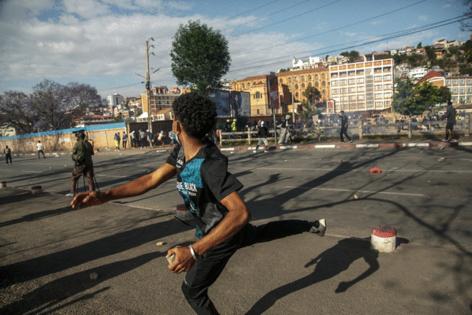


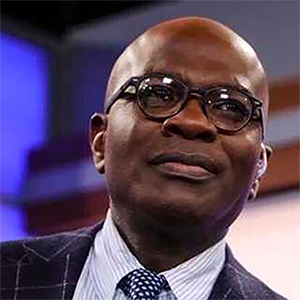





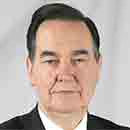








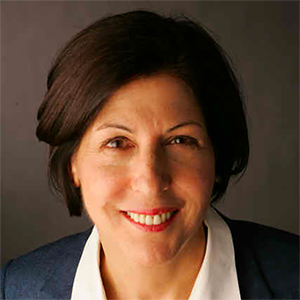
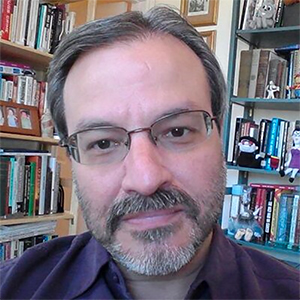





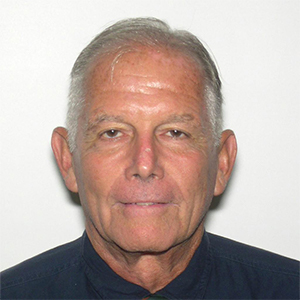





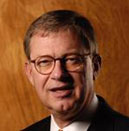











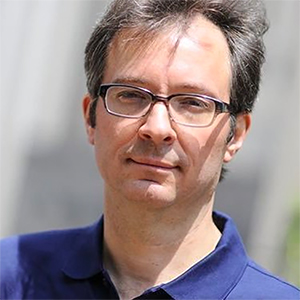












Comments